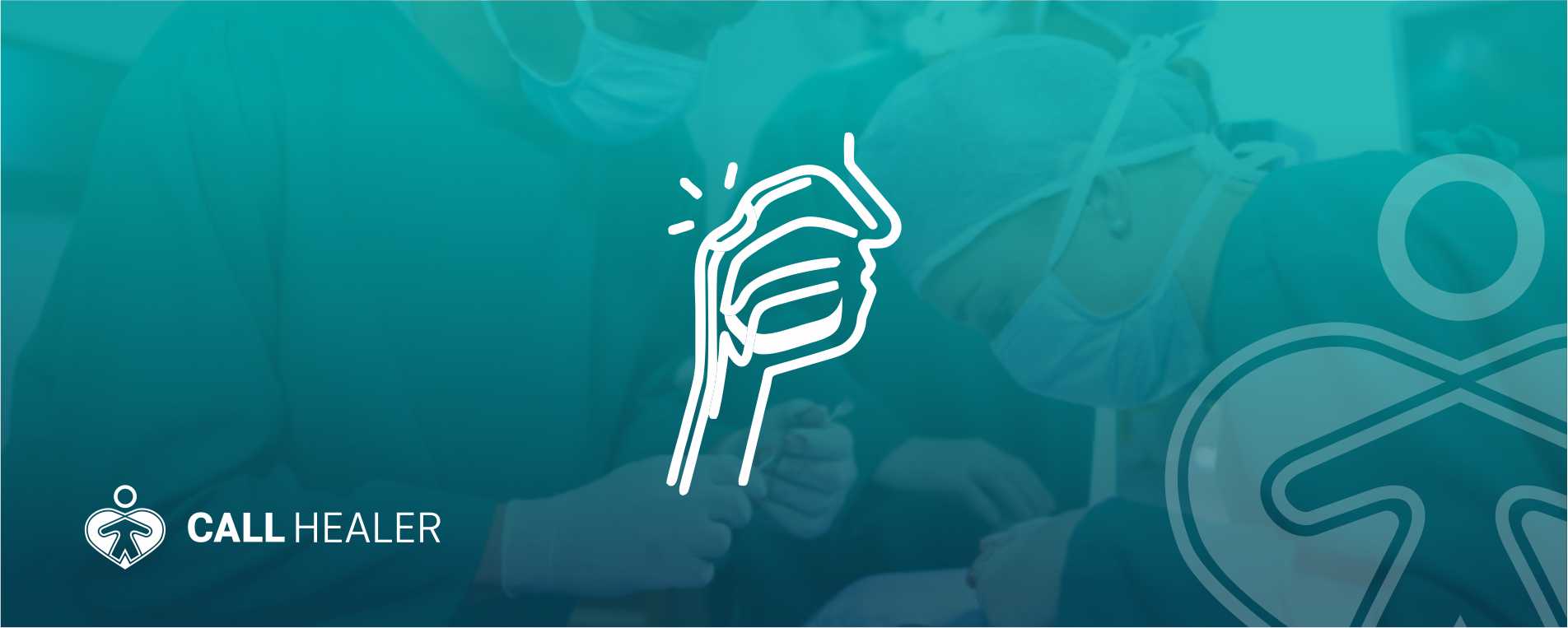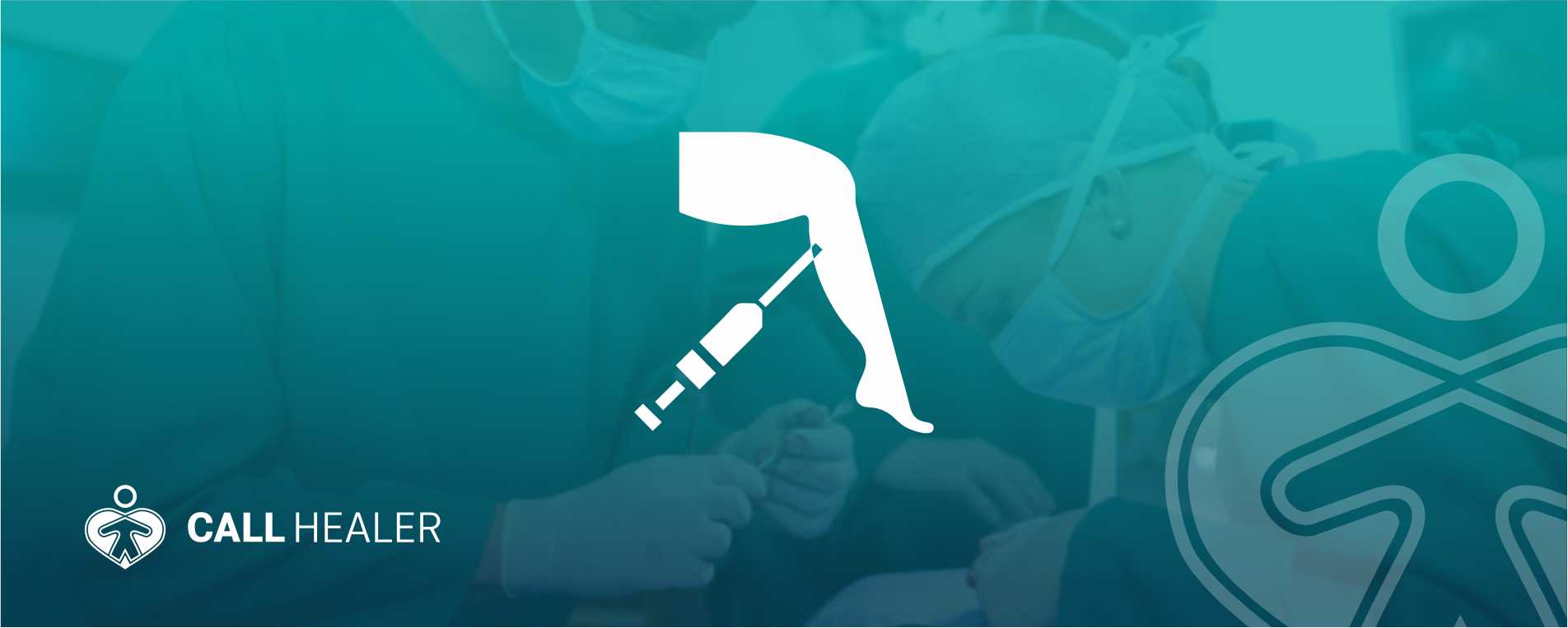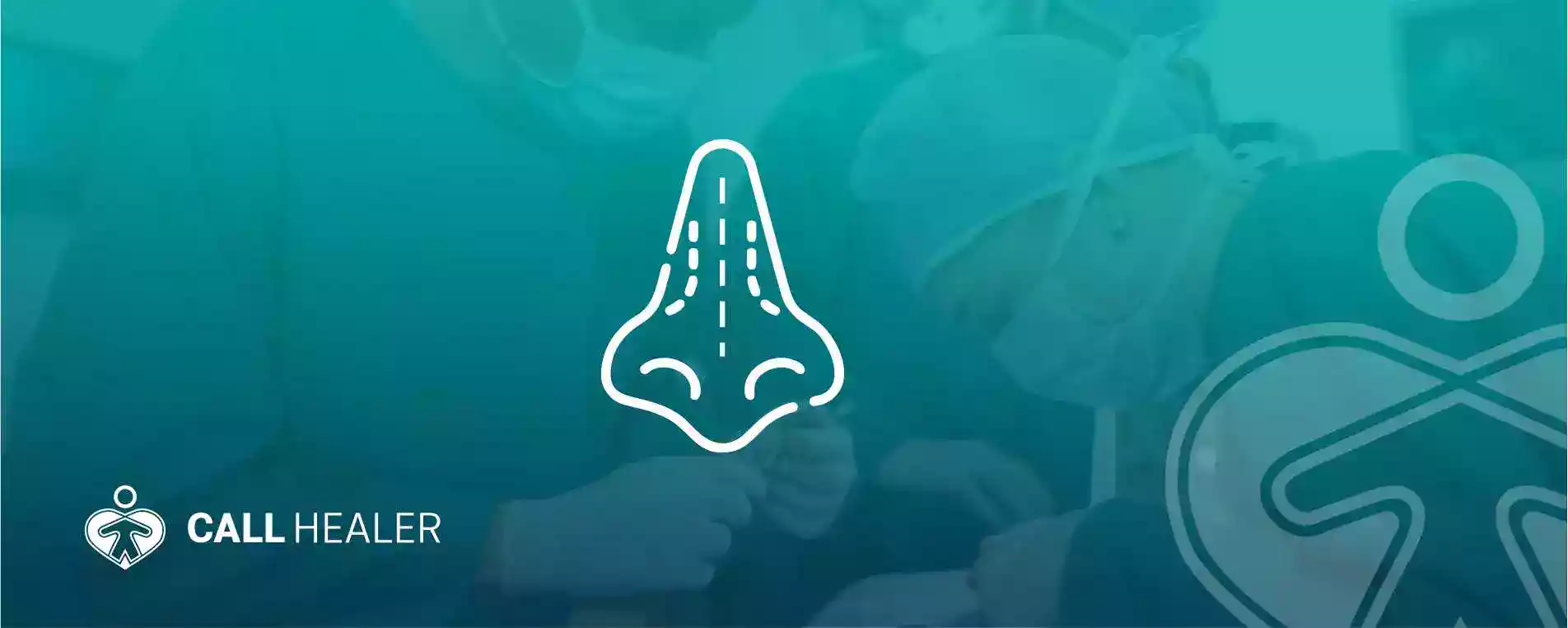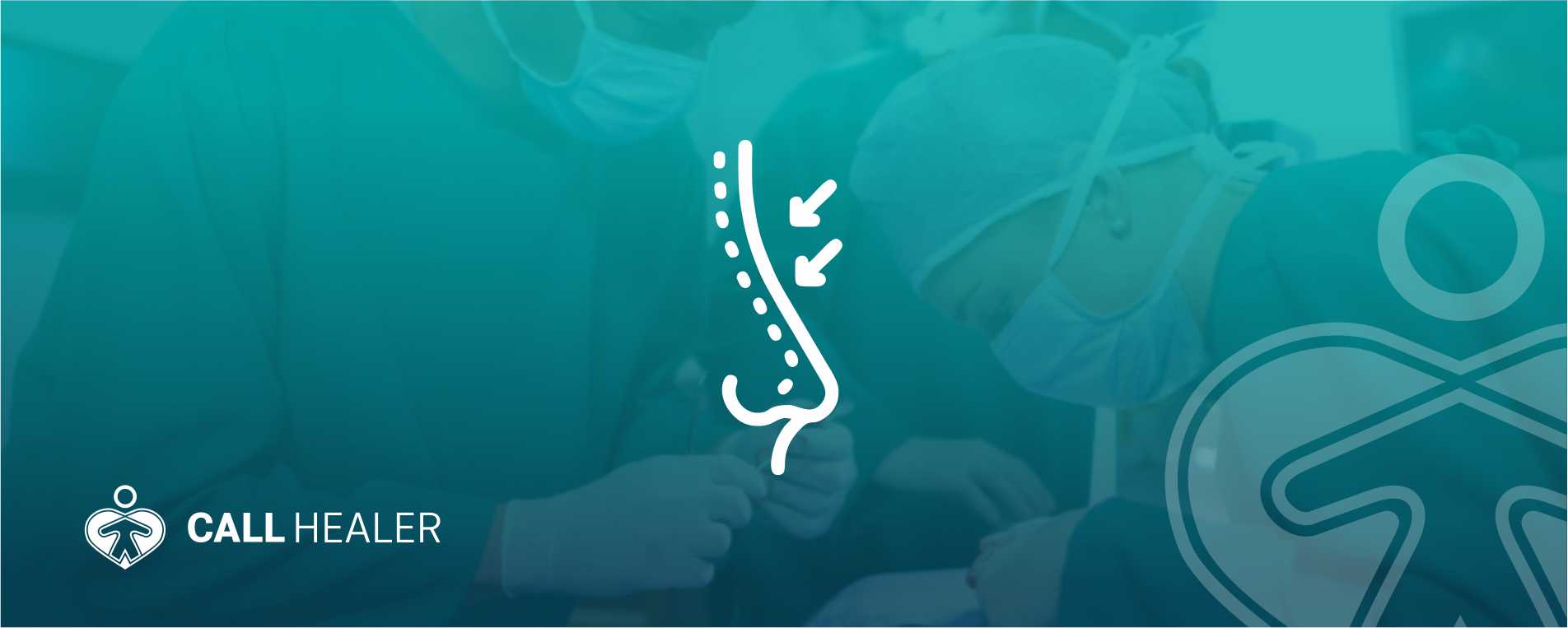YAG laser capsulotomy, iridotomy applications, is a modern method. In this method, incision into the eye and anesthesia injections are eliminated. Therefore, this method has also eliminated most of the other complications. YAG laser capsulotomy and iridotomy applications do not strictly limit the physical activities of the patient and eye closure is absolutely not required in this method.
YAG laser capsulotomy, iridotomy applications are an operation that helps to see clearly after cataract surgery. In cataract surgery, a cloudy lens is removed and replaced with a clear artificial lens implant. This surgery may be needed because vision may become blurred again months or years after cataract surgery. This happens when a membrane in the eye called the posterior capsule becomes cloudy. YAG Laser capsulotomy, iridotomy applications, is a fast, effective and painless treatment for posterior capsular opacity.
In cataract surgery, the cloudy lens in the eye, namely the cataract, is replaced with an artificial lens. In about 10% of cataract surgery patients, cells remaining after surgery can grow on the thin membrane behind the lens, making the lens thicker and cloudy. Posterior capsular opacity may also be seen in people who have had refractive lens replacement surgery. YAG lasers are in a class of lasers called photodegraders.
What is YAG Laser Capsulotomy, Iridotomy Applications?
YAG laser capsulotomy, iridotomy applications are used to treat capsular opacity after cataract surgery. It is also called posterior capsule opacification (PCO). Over time, behind the intraocular lens implant after cataract surgery, PCO develops and Yağ laser surgery is used to clear the scar, allowing light to pass through again for clear vision.
The procedure involves using a YAG (Yttrium Aluminum Garnet) laser to remove the hazy tissue behind the lens implant. It takes about 5 minutes and is a one-time treatment, the opacity does not come back. In cataract surgery, an intraocular lens is implanted inside the natural lens capsule. The lens capsule is a thin, transparent membrane that covers the natural lens, somewhat resembling a grape skin.
What is YAG Laser Capsulotomy?
The Yağ laser capsulotomy procedure begins by dilating the pupils. For treatment, the patient stands up and eye drops are used to numb the eye. A contact lens is then held in the patient's eye to help keep the eyelids away, stabilize the eye, and focus the laser.
The patient looks straight at a fixation light with the other eye. The procedure is not painful and the laser light is not visible, but the patient can sometimes see the red laser target beam and notice a clicking sensation in the eye caused by the microscopic laser pulses.
There is no limitation in activity after treatment. You may be slightly sensitive to light at first, but discomfort is normally minimal. Drops are given to the patient to instill in the eye for several days after treatment to minimize any inflammation inside the eye.
Which Area Considers YAG Laser Capsulotomy, Iridotomy Applications?
Laser capsulotomy is a relatively non-invasive procedure used in the treatment of posterior capsular opacification. Posterior capsule opacification is a common long-term complication of cataract surgery that causes decreased vision, glare, and other symptoms similar to the original cataract.
Ophthalmology clinics look after YAG laser capsulotomy and iridotomy procedures. YAG laser capsulotomy is a quick and simple procedure applied in eye clinics. It does not require entering the operating room, so it is usually done on the same day as the consultation with the doctor.
How are YAG Laser Capsulotomy and Iridotomy Applications Performed?
YAG laser capsulotomy and iridotomy applications take about 10-15 minutes. Eye drops are used to numb the eye and dilate the pupil. The YAG laser is directed behind the lens capsule to create a small opening and clear the scar. Laser capsulotomy uses a fast pulsed YAG laser to perform a series of focal ablations of the posterior capsule and create a small circular opening in the visual axis.
Crystals of yttrium, aluminum and garnet are used to create the laser, this is called YAG. The entire procedure, performed in the ophthalmologist's office, takes only five minutes. After numbing the eye with eye drops, the doctor points the YAG laser behind the lens capsule. A small hole is made in the middle of the capsule. This clears the vision.
The procedure is painless. The patient sits behind the YAG laser and moves his eyes as directed by the doctor. Generally, each affected eye is treated with about 50 laser pulses. This is one of the few eye surgeries you can go home with right after the appointment if there is no other option.
There are a few restrictions on post-procedure activities, but your doctor will advise you if there are any temporary limitations based on your patient profile. Medicated eye drops may be necessary for several days. Mild discomfort the next day is normal. Vision improves visibly within 24 hours. There is usually no reason to repeat the YAG laser procedure.
What are the Advantages of YAG Laser Capsulotomy and Iridotomy Applications?
YAG laser capsulotomy is a fast and non-invasive procedure that provides immediate healing. Capsulotomy size is important because patients exposed to lower amounts of laser energy, perhaps for a smaller capsulotomy, may benefit from less RD, increased IOP, and perhaps fewer complications of CME. Capsulotomy is done to make a hole in the formed turbid membrane.
Cataracts do not grow back after surgery. However, there is a 50 percent chance that a film will eventually form on the implanted intraocular lens. At some point, perhaps years later, this lens will become cloudy or thickened, causing blurred vision. This condition is known as posterior capsule opacification (PCO). YAG laser treatment can correct this condition within minutes.
A YAG capsulotomy should restore your vision to the level before PCO becomes a problem in the first months after your cataract surgery. Vision will normally improve somewhat within 24 hours of treatment and will gradually improve over the next few months as your lens capsule contracts to completely clear the path of light through your pupil.
PCO with YAG laser surgery is very safe. As with any laser surgery, there are potential risks and side effects, but they are rare. The biggest advantages are:
- Enhanced Vision
- Fast Recovery
- Painless Procedure
Process After YAG Laser Capsulotomy, Iridotomy Applications
There are possible rare risks and complications with posterior capsulotomy. Eye drops can be used to reduce the pressure increase and inflammation in the eye after laser treatment. Posterior capsule opacification (PKO) has been shown to be the most common delayed complication of cataract surgery. YAG laser capsulotomy is accepted as the standard treatment for PCO.
Although YAG laser capsulotomy and iridotomy applications are noninvasive and safe, they carry some complication risks. Using less total energy and performing smaller capsulotomy are effective options to reduce complications after YAG capsulotomy. No discomfort is felt after the procedure.
Due to bright lights, vision will initially be blurry for a few hours after treatment, but will improve over the next few days. Normal tasks can be resumed the day after laser surgery. The eye may feel irritated and itchy at first, but should improve over the next few days. The person can return home immediately and resume normal activities immediately.
https://www.aao.org/munnerlyn-laser-surgery-center/ndyag-laser-posterior-capsulotomy-3











{{translate('Yorumlar')}} ({{yorumsayisi}})